Daddy Tanuki
Solar Wizard
wrong post
I as well trying to simply things down to less and less "energized or powered" controls and more passive.I love it. Simple, low cost, reliable, zero draw from the batteries, easy to build, easy to operate, easy to maintain. and most importantly, it works. What more could you ask for?
As an engineer, I find beauty in simplicity.
I would try a physical probe all the way down. i use both thermocouples and laser thermometers in my work and just a degree or two of misaiming and temps are out of whack. with a physical thermocouple and a datalogger you will probably get a totally different reading. not to mention if that hole is open and open to the atmosphere its temp inside the hole will raise to close to ambient given time. if the OP decides to go with a water based system as soon as the heat exchanger piping is lowered into the hole it should be back filled with earth.Nice project.
I pointed my laser thermometer down an 6” wide hole, 15 feet down. It was still 89 eff.
college level text books are a much cheaper source of info than the internet.... just sayingAs I stated before, Check with your Community College to see if they have any “Geo-Thermal” classes. If they do you could probably get some textbooks from the class. Their bookstore should have used books available. The instructor might give you some tips for your area? If you don't want to invest the time for a full course Just get the textbooks and read them. Many have projects to see first-hand how Geo-Thermal works.
I researched this subject a few years ago. I wanted just general knowledge. I contacted several sources and found entry and mid level college courses had excellent textbooks and were written so I could understand the info. I bought some used textbooks that had notes and highlites that made some of it easier to understand. I studied these only as far as I wanted to go. My wife sold these at a garage sale when someone saw them on a shelf. I had not used them in years and someone needed them. I only studied them enough to make myself dangerous. Good for general knowledge.college level text books are a much cheaper source of info than the internet.... just saying


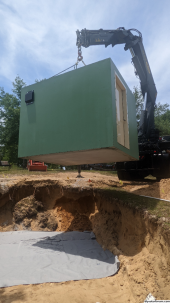
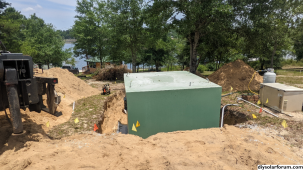



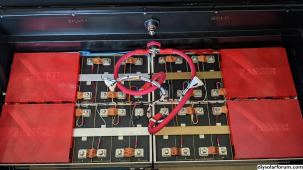
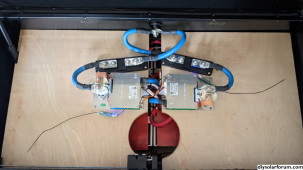
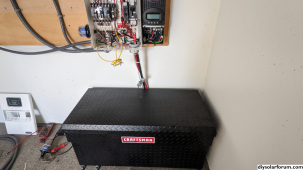
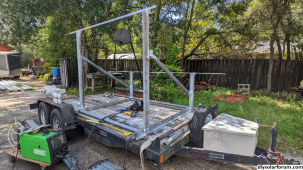
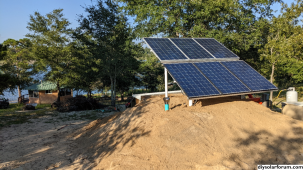
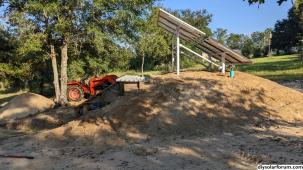
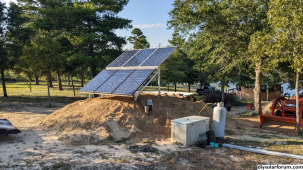
No, I only intend to occupy the shelter during a category 3 or higher hurricane. Category 1 or 2 is nothing to leave home over. Category 3 isn't either, but once they get that large they tend to grow quickly, and they always seem to make landfall at 2 in the morning.Always nice to kill two birds with one stone!
Do I correctly understand that you intend to occupy the shelter, along with your LFP batteries, during a category 1 or 2 hurricane? Maybe it's safety overkill, but I wonder about being "trapped" in your shelter during a hurricane along with the battery bank and inverters. What if the magic smoke happened to come out at the wrong time (Murphy's law)?


